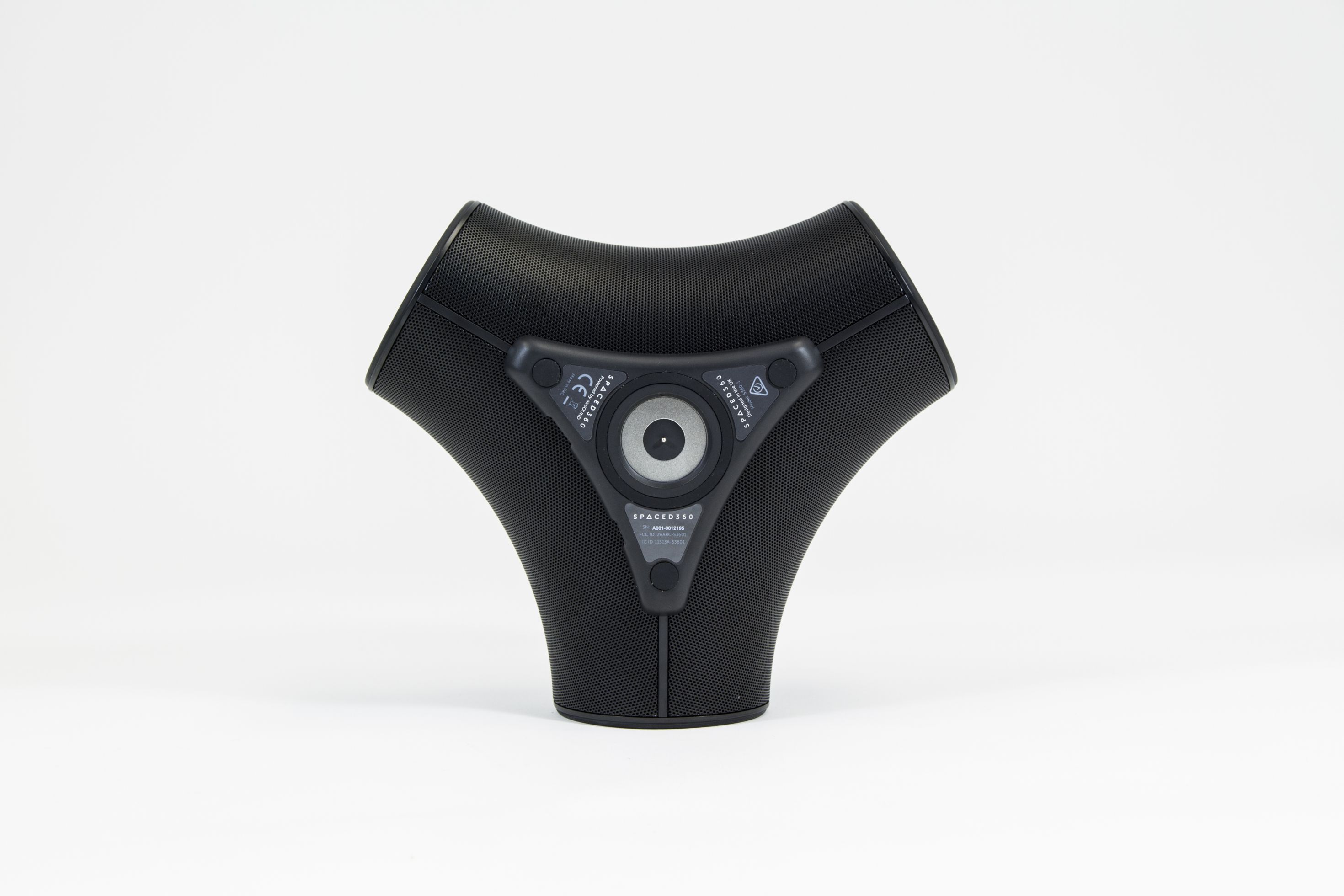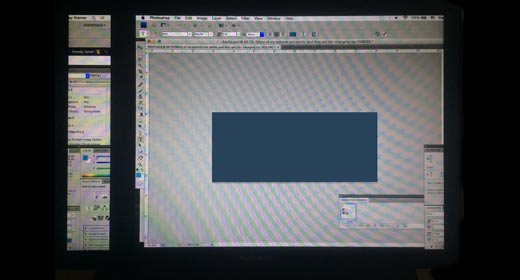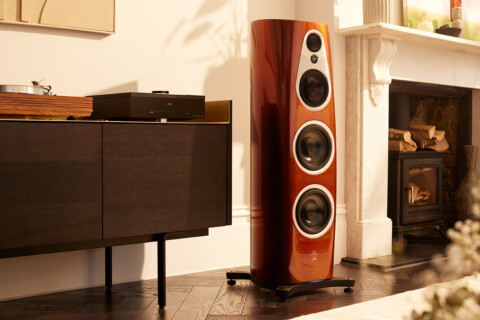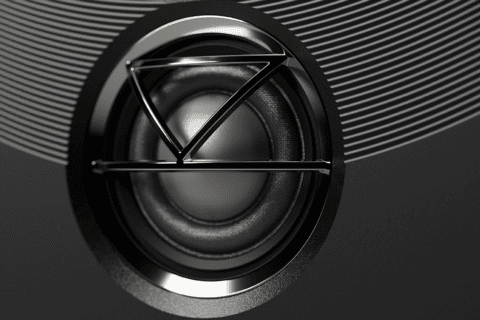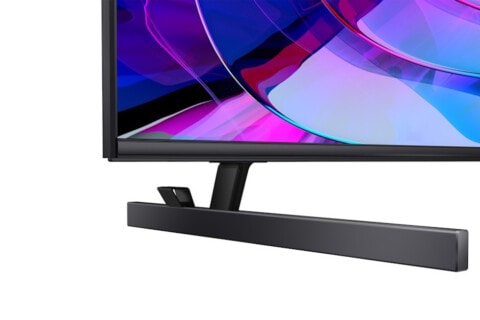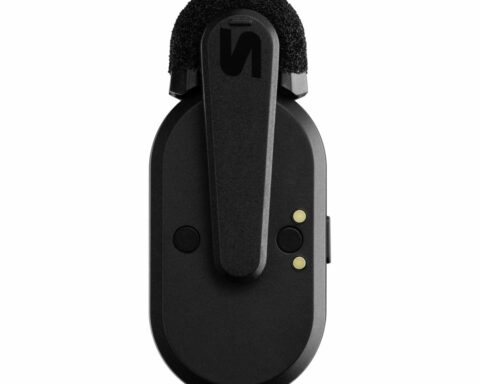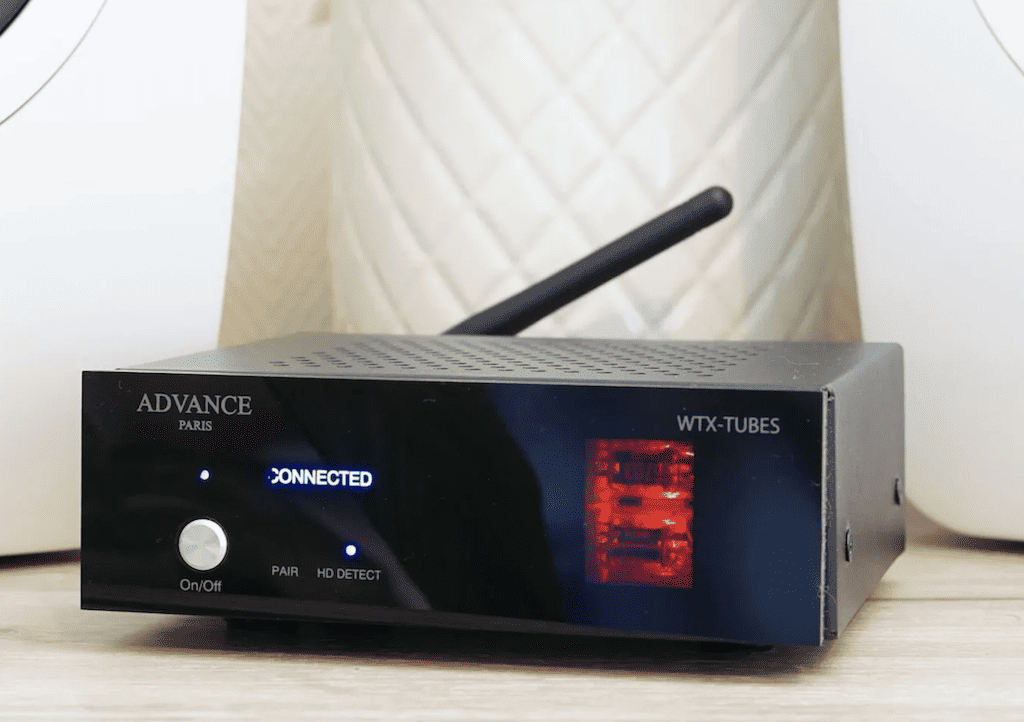$499
2.5 STARS
This diminutive wireless speaker system promises an “infinite sweet spot”, but Steel is less impressed with the sound than he is its looks and set up simplicity.
TEN YEARS AGO, there was a glut of iPod docks blooming up like so much noise pollution. Most of them were an insult to the ears of all but the average punter, who would happily have them belting out tinny lo-res MP3 files at summer barbecue parties. The irony was that the same people who bought the cheapest, nastiest iPod docks also invariably drove BMWs and drank expensive craft beers.
The portable wireless speaker is the current bloomer. They’re popping up everywhere, and to the credit of their makers, they’re at least coming up with some outrageous and attractive design features. But really, the portable wireless speaker is nothing more than a contemporary reiteration of the iPod dock, except that iPods have been replaced by iPhones and smartphones, and docks with either Bluetooth or NFC wireless ability.
The Spaced360 is a case in point. It’s the creation of Orbitsound, a British audio company whose designer/engineer, Ted Fletcher, has patented something called airSOUND, which he describes as “a fundamentally different way of listening to audio.” Fletcher has apparently worked in music for more than four decades with groups like Yes, Jethro Tull, The Eagles and The Who, and Orbitsound is his lightbulb moment.
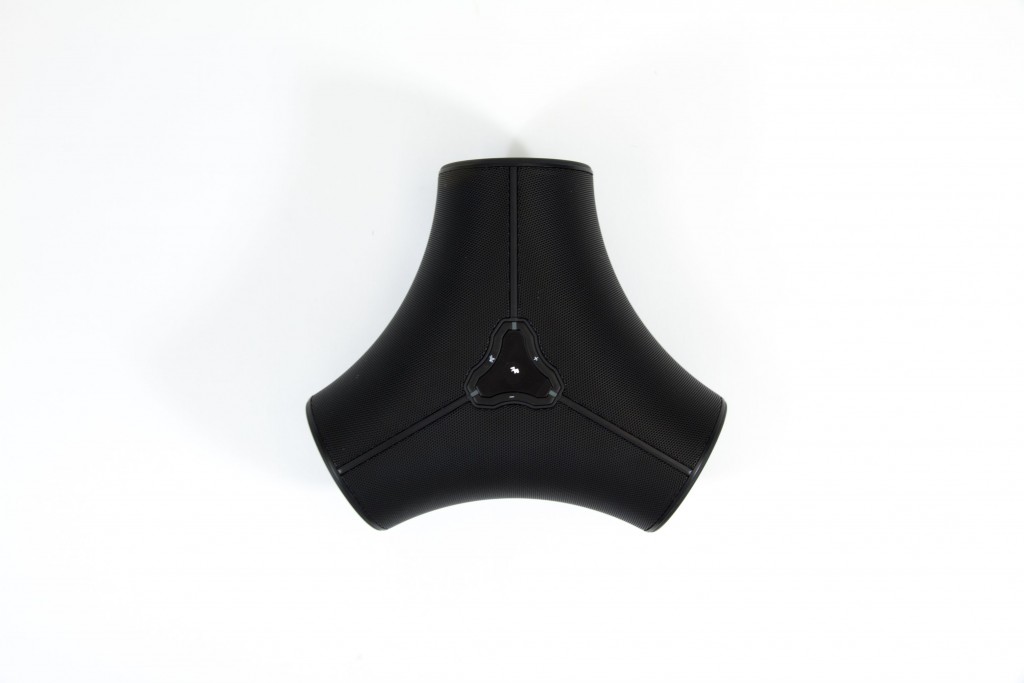 AirSOUND, we are told, “is spatial sound from a single speaker enclosure. Much like real life listening patterns, airSOUND projects sound into the listening environment accurately, allowing sound to be heard identically from every standing point in the room with minimal interference… Utilising signals from a main speaker generated from forward pointing drivers and spatial signals generated from side-mounted drivers, the sound is forced to mix in the air to create ‘spatial’ audio. The result? A solid stereo image that provides the listener with enhanced audio definition for a clearer, more natural and immersive sound experience.” Elsewhere, they explain it like this: “While the main signal is delivering the sum of everything from the original recording, the spatial signal will help the listeners’ ears to determine specific sound detail directionality… The crucial point is that the sides are not polarised in left and right discrete channels – there is no sweet spot; no limitation to the sound experience. The sound is reproduced faithfully and completely throughout the listening environment.”
AirSOUND, we are told, “is spatial sound from a single speaker enclosure. Much like real life listening patterns, airSOUND projects sound into the listening environment accurately, allowing sound to be heard identically from every standing point in the room with minimal interference… Utilising signals from a main speaker generated from forward pointing drivers and spatial signals generated from side-mounted drivers, the sound is forced to mix in the air to create ‘spatial’ audio. The result? A solid stereo image that provides the listener with enhanced audio definition for a clearer, more natural and immersive sound experience.” Elsewhere, they explain it like this: “While the main signal is delivering the sum of everything from the original recording, the spatial signal will help the listeners’ ears to determine specific sound detail directionality… The crucial point is that the sides are not polarised in left and right discrete channels – there is no sweet spot; no limitation to the sound experience. The sound is reproduced faithfully and completely throughout the listening environment.”
We’ll get back to that in a minute, but in the meantime, here’s the Spaced360’s important point of difference: its looks. Straightaway, what’s startling about the Spaced360 is its topography, which anyone reading this will already have got the gist of from looking at the photographs. It’s an attractive thing, if your idea of beauty is a sleek, three-pronged spaceship with drivers at the end of each prong, each of which face a different direction. Hence, 360 (degrees).
The second most important thing about the Spaced360 is its canny combination of diminutive size, portability and the fact that it’s utterly wireless. It’s brilliantly easy to get up and running and use. You just charge it up on its hub, which fits snugly onto its undercarriage, then you’re good to go for 14 hours or so. Next, you tell the Bluetooth setting on your smartphone to find the Spaced360, and push the button on top of the spaceship to allow it to activate it. Then, your smartphone does everything else. Yes, there’s a manual volume control on the Orbitsound, but the sensible thing is to use your smartphone as a remote control, and of course, a music source. So you can then play anything you want – your iTunes playlists, internet radio, whatever.
Of all the wireless doodads I’ve set up over the past few years, this has to be the quickest and easiest – partly because it doesn’t have to be keyed into your computer’s modem, admittedly. But it felt so liberating to just switch it on and have it work. So kudos for that!
Unfortunately, that was the highpoint of my experience with the Spaced360. I played a variety of music from a variety of sources, and the sound was never better than just okay. Given its diminutive size, that doesn’t really surprise me, but all the hype about airSOUND built me up to expect something better.
There’s no real bass heft with speakers of this size, although I have heard other brands of wireless portable speakers that are much more impressive at putting out a semblance of bass. The system was at its best with the Holly Cole Trio, an acoustic jazz recording that is geared towards high-end hi-fi, and makes any speaker sound at its best. ‘So & So’ has clear separation between each instrument, and even the double bass could be heard in all its melodic musicality (if not plunging depth) on the Spaced360. The electronic sound of the Yellow Magic Orchestra was also processed reasonably ably by the speakers, probably because it consists primarily of synthesisers and drums.
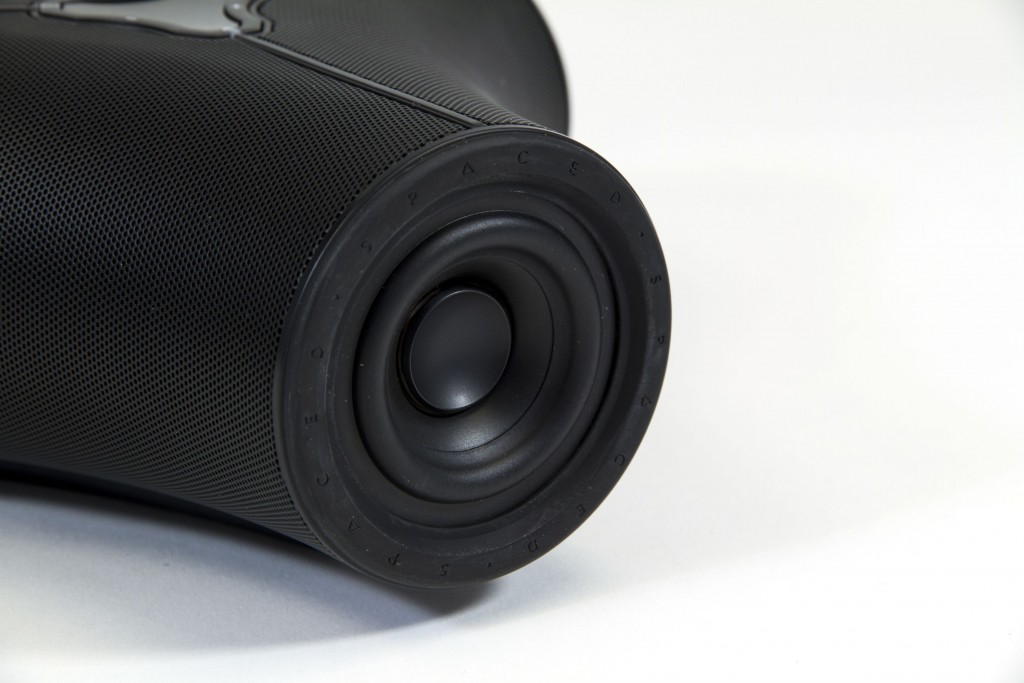 But what I found on tracks that were busier, or more clamorous, the promised “spatial” sound never eventuated. Sure, they’re capable of a crispness that many tiny portable speakers lack, but on some tracks, there was even a slight sound delay/echo effect that I gather must be a feature of the much-vaunted airSOUND.
But what I found on tracks that were busier, or more clamorous, the promised “spatial” sound never eventuated. Sure, they’re capable of a crispness that many tiny portable speakers lack, but on some tracks, there was even a slight sound delay/echo effect that I gather must be a feature of the much-vaunted airSOUND.
I tried the speaker in a number of different environments and positions, in both small and large rooms, but the result was always the same: rather ordinary. My intuition is that most people will place it centrally, so it’s coming at them wherever they’re sitting or standing in the room, but I always felt that the sound was compromised. Compare these to the ribbon speakers in Martin Logan’s Crescendo (admittedly three times the price) and the hyperbole about not needing a sweet spot actually starts to make sense. Both ribbon and electrostatic speakers have the ability to project sound in a genuinely three-dimensional way, but the Spaced360 is nowhere near that league.
But this wee wireless speaker is still going for $499, and that’s not nothing. I would expect more sonic bling for buck than it gives. The blurb makes out like not hearing a stereo image is actually an advantage, and that a sweet spot is some kind of problem, when the opposite is true. Sure, having a defined sweet spot can kill the party if everyone wants to sit in the joy seat, but nothing can beat the experience of actively engaging with music in the perfect spot between two full-range loudspeakers. And then, the blurb goes and contradicts itself by claiming an “infinite sweet spot”.
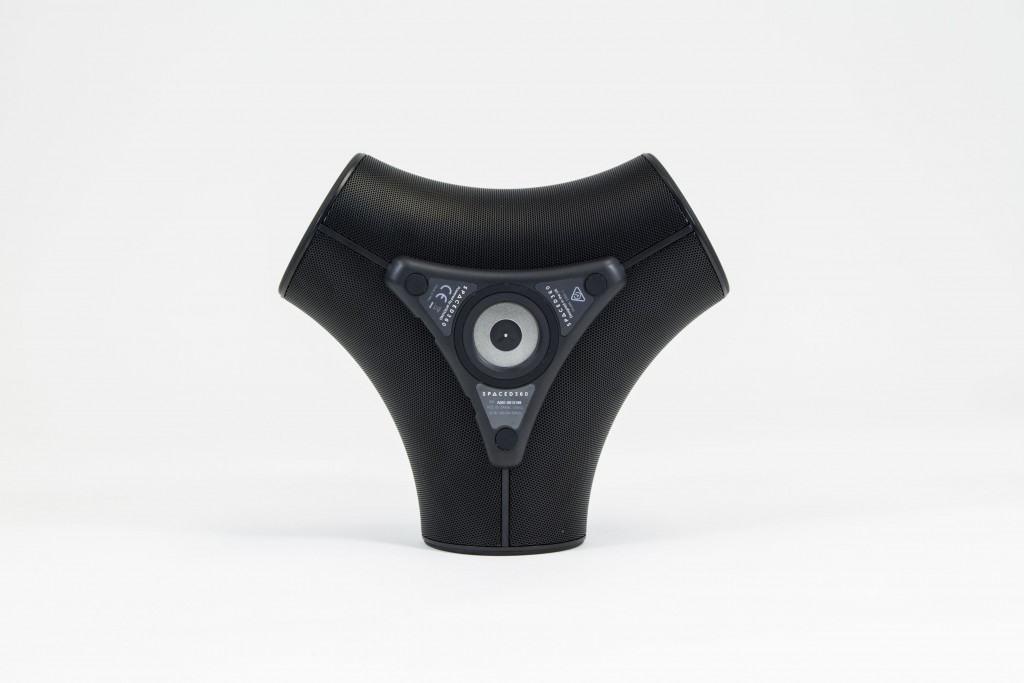 Okay, so we’re talking about something different here, but there are plenty of great wireless options for around the home for those who have to hear music in every room – decent-sized speakers with decent-sized files coming straight from their computer music collection. So really, the Spaced360 is a tiny portable system for those occasions where you might find yourselves in an environment without a proper system. It’s hellishly convenient, incredibly small/portable, and simple to set up and run; and music sounds okay on it, if way less great than the publicity suggests.
Okay, so we’re talking about something different here, but there are plenty of great wireless options for around the home for those who have to hear music in every room – decent-sized speakers with decent-sized files coming straight from their computer music collection. So really, the Spaced360 is a tiny portable system for those occasions where you might find yourselves in an environment without a proper system. It’s hellishly convenient, incredibly small/portable, and simple to set up and run; and music sounds okay on it, if way less great than the publicity suggests.
Yep, the Spaced360 has its charms, but those charms are mostly in its visual aesthetics and its ease of use rather than as a great reproducer of music. GARY STEEL

